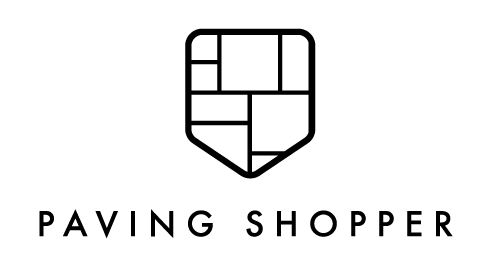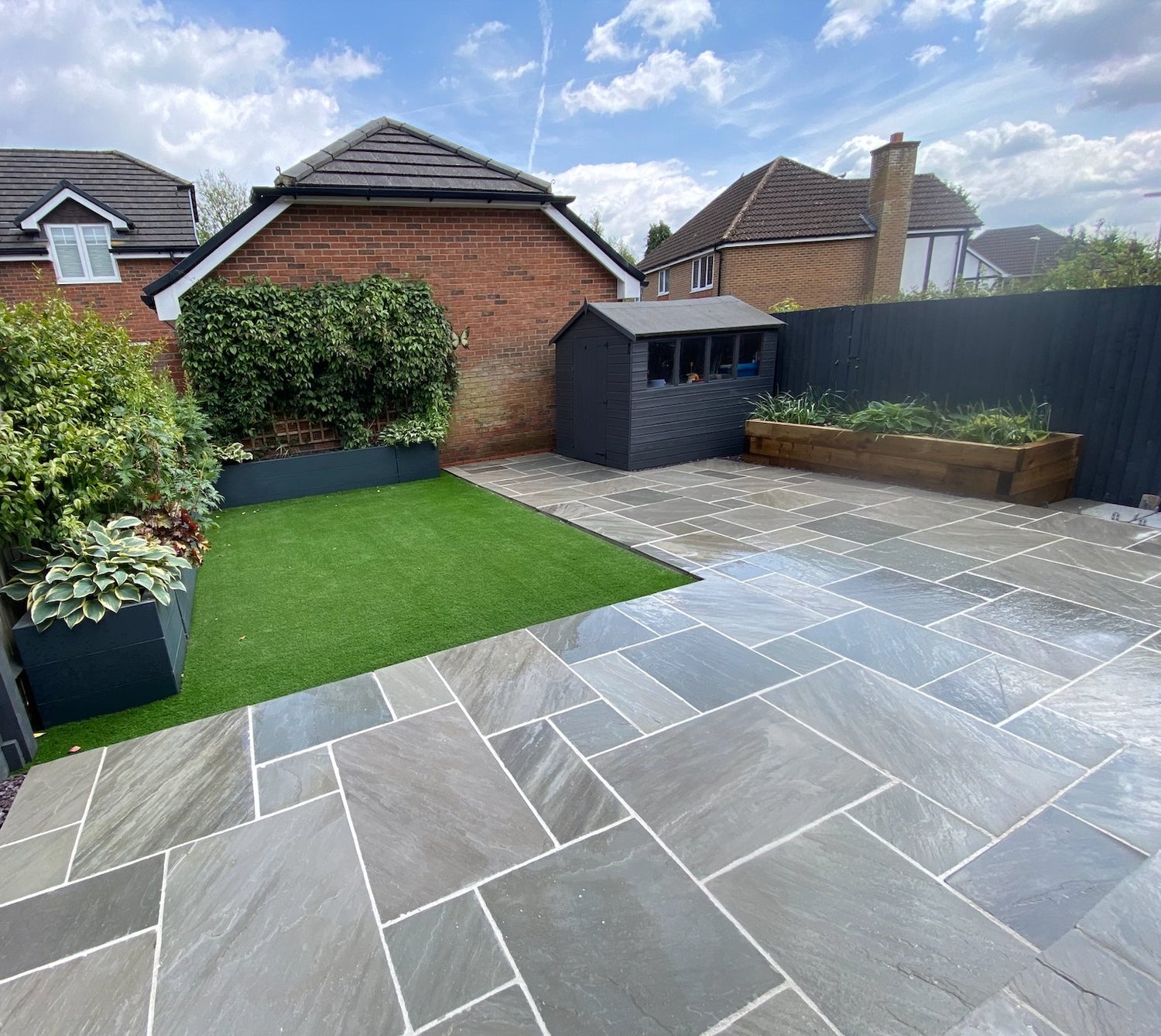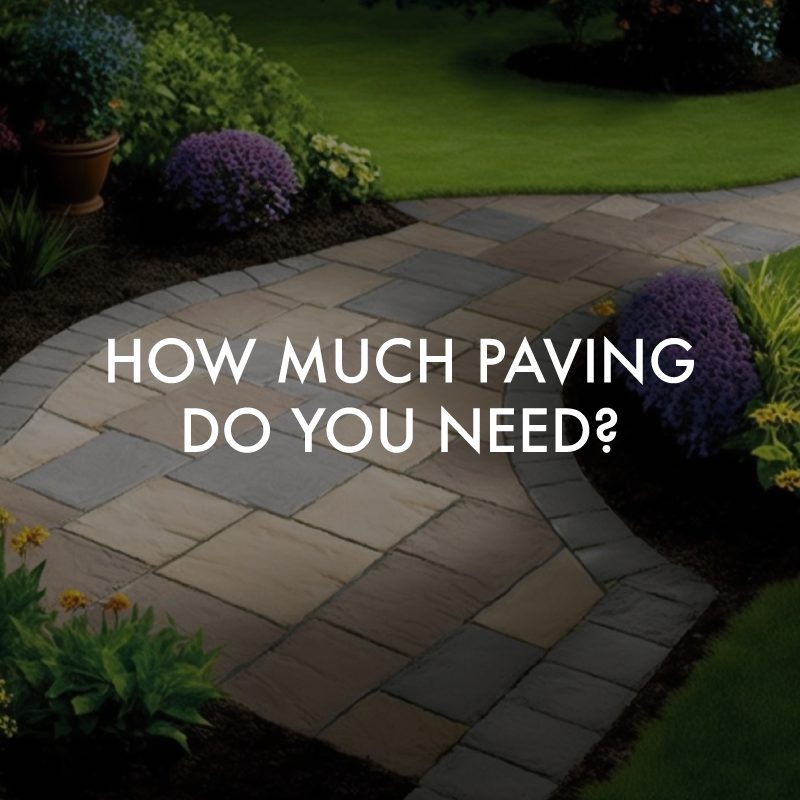
How much paving do you need to cover your outdoor space?
Share
Planning an outdoor paving project is exciting, but it’s crucial to accurately estimate the amount of paving needed before you start. This ensures you avoid under or overestimating, which can lead to unnecessary costs and delays. In this guide, we'll cover everything you need to know about calculating the paving area, including understanding the size of paving slabs, different laying patterns, and how to handle irregular areas.

How to Calculate the Area of Paving
Start by measuring the area you plan to cover. Use a tape measure to determine the length and width of the space. Once you have these dimensions, calculate the total area by multiplying the length by the width.
For instance, if your outdoor space measures 10 meters long and 5 meters wide, the total area would be 50 square meters (10m x 5m = 50m²). This calculation forms the basis for determining how much paving you’ll need.
Factors Affecting the Amount of Paving Needed
Several factors can influence the amount of paving required:
- Paving slab size: The size of the slabs affects how much area each slab covers. Larger slabs cover more ground, reducing the total number of slabs needed.
- Laying pattern: The pattern you choose, such as herringbone or basket weave, can create more waste due to the cuts required, increasing the overall amount of paving.
- Irregular areas: Non-rectangular or oddly shaped areas often require more cuts and, therefore, more slabs, leading to increased wastage.
Calculating the Amount of Paving Required
After measuring the area and considering factors like slab size and laying pattern, you can calculate the number of paving slabs needed using this formula:
Total area to be covered ÷ Paving slab area = Number of paving slabs required
For example, if your area is 50 square meters and you’ve chosen slabs that are 0.5 meters by 0.5 meters (0.25 square meters per slab), you would need:
50m² ÷ 0.25m² = 200 paving slabs
To account for cuts and wastage, it's advisable to add around 10% extra to your total slab count:
200 + 10% = 220 paving slabs
This formula remains effective regardless of slab size. For example, if you opt for Kandla grey paving slabs, each slab covers 0.54m².
Calculating the Amount of Grout Required
In addition to slabs, you’ll need grout to fill the gaps between them. To calculate the amount of grout needed, you first need to know the size of the gaps between your slabs.
A common gap size is around 10mm, but this can vary. Once you’ve determined the gap size, use the following formula:
Total length of gaps between paving slabs ÷ Gap size = Amount of grout required
For example, with 200 paving slabs and 10mm gaps between them, the total length of the gaps would be:
200 slabs x 0.01m = 2 meters
Using the gap size, the amount of grout required would be:
2m ÷ 0.01m = 200 meters of grout
As with paving slabs, it’s wise to add around 10% extra grout to account for wastage:
200m + 10% = 220 meters of grout
Other Factors to Consider
When planning your paving project, consider these additional factors that might affect the amount of paving needed:
- Slopes: Areas with slopes may require more paving slabs and cuts, leading to increased wastage.
- Steps: If your outdoor space includes steps, measure each step's area and add it to your total calculation. Consider the slab size and any cuts required.
- Borders: Creating a border around your paved area will add to your calculations. Measure the length and width of the border and include this in your total area.
Circular Paving
Circular paving kits are an excellent option for creating circular areas in your outdoor space. These kits typically include pre-cut paving slabs that can be arranged in a circular pattern, creating a visually appealing feature in your yard or garden. They're easy to install and require minimal cutting, making them ideal for DIY enthusiasts. Circular paving kits are available in various sizes and materials, allowing you to choose the perfect kit for your project. They’re also a great way to add a unique touch to your outdoor space, suitable for seating areas, fire pits, and more.
Conclusion
Calculating the amount of paving you need for your outdoor project is essential to ensure you have enough materials and avoid wasting time and money. By measuring the area you want to cover and considering factors that can affect the amount of paving needed, you can use the formulas outlined in this guide to determine the number of paving slabs and the amount of grout required. Factoring in other elements such as slopes, steps, and borders will ensure your paving project is accurate, efficient, and cost-effective.
What are the main benefits of using sandstone for patios?
Sandstone provides a natural, attractive look perfect for patios. It's durable and slip-resistant when wet. Colors and textures like smooth sandstone offer design options. Learn why sandstone is ideal for patios.
How do you calculate how much paving is needed for a patio?
Measure the length and width and multiply to get the area in m². Add 10% for wastage. Refer to paving calculators to determine amounts needed. Order a patio pack for convenience.
What are some inexpensive options for patio paving?
Basic concrete pavers offer an affordable patio solution. Or use 600 x 600 mm slabs for a budget-friendly modular paving. Check out discounted options like end-of-line items. Get tips on low-cost patio ideas.
How do you clean algae and stains from sandstone patio pavers?
Use cleaners made for natural stone like patio cleaners or algae removers. Follow product instructions carefully. Preserve sandstone’s beauty with proper patio maintenance.
What size pavers work best for circle patio kits?
600mm square slabs enable tight curves for circular patios. A 2.4m circle kit uses 600mm pavers. Browse circle paving options to choose the right size and design.
Related Posts
-

UK Garden Statistics and Trends 2024
UK Garden Statistics and Trends 2024 General UK Garden Statistics The vast majority of UK households have access to ...
-

Can I lay Paving on Soil or Mud?
Technically, yes – you can lay paving stones or slabs directly onto exposed topsoil however, laying a sub-base will e...
-

How Much Does a New Patio Cost?
A new patio in the UK typically costs between £80-£150 per square meter. For a 40-50 sqm patio, expect to pay £2,000-...
-

What Different Sizes Do Paving Slabs Come In?
When planning a patio or outdoor paving project, one of the key decisions is choosing the right size paving slabs. ...
-

Can You Pressure Wash Indian Sandstone?
Indian sandstone is a popular choice for outdoor paving due to its durability and attractive appearance. However, li...
-

Is Sandstone Paving Permeable? Is it porous?
Sandstone's porous nature enables it to absorb rainfall, qualifying it as a permeable paving variety. However, seali...
-

Where Does Natural Sandstone Paving Come From?
Sandstone begins deep underground, formed over eras as minerals and sediments fused under pressure. Powerful forces ...
-

5 Paving Ideas for Small Gardens: Maximise Your Outdoor Space
Front of House When considering paving ideas for the front of your house, it's crucial to select ones that complem...
-

9 Paving Ideas for Front of House: Enhancing Curb Appeal with Style
The facade of a house plays a pivotal role in defining its character and curb appeal, and the choice of paving can s...
-

9 Summer Garden Paving Ideas UK
Summer gardens offer a vibrant canvas for homeowners to express their style while enhancing outdoor living spaces. G...
-

8 Garden Paving Ideas for 2024
It's time to refresh your garden's look for 2024 and an easy way to do that is with some new paving. With so many opt...
-

How to remove moss from patio paving
Moss growth is a common issue for patio paving, especially in damp, shaded areas. While moss may seem harmless, it ca...
-

How much does sandstone paving cost?
When choosing new garden pavers, sandstone offers homeowners an enticing middle-ground - more durable than basic conc...
-

Why Do Paving Slabs Crack And How To Repair Them
Seeing cracks appear on your patio or driveway can be disheartening after investing time and money into installing be...
-

How to lay paving in winter (Tips & Tricks)
How Cold Temperatures Impact Paving Projects The primary concern when working in cold weather is ensuring proper curi...
-

Sub Bases For Patios
Building the Perfect Patio Base: A Comprehensive Guide When planning an outdoor living space, understanding proper ba...
-

Pros and Cons of Porcelain Paving
Are you considering adding porcelain paving to your outdoor space? It's important to weigh the pros and cons before ...
-

Understanding Paving Slip Ratings: A Comprehensive Guide
A paving slip rating, also known as a slip resistance or anti-slip rating, is a measure of how slippery a surface...
-

Stunning Garden Water Feature Ideas - Enhance Your Outdoor Space
Garden water features are decorative elements that incorporate water into a garden, adding beauty and a sense of ...
-

How to Stop Weeds in Block Paving: Expert Tips andTricks
Weeds growing between the blocks of your paving can be an unsightly and frustrating problem. Not only do they make y...
-

How to clean paving without a pressure washer
A patio cleaner is a cleaning solution designed specifically for removing dirt, grime, and stains from outdoor patio...
-

How to Grout Paving Slabs – Expert Tips and Techniques
Pointing paving slabs is an important step in the process of installing them. Grout is a mixture of cement, water...
-

Block Paving Guide | What Does it Cost? | How Much Per m2?
Block paving is a versatile and durable option for creating driveways, patios, and paths. This method involves using...
-

Porcelain VS Ceramic Paving
Porcelain paving is non-porous and more durable than ceramic paving, which is more porous and prone to stains and wea...
-

Sandstone V Porcelain Paving - (Style Comparison and Distinctions)
When choosing materials for your patio or driveway, two of the most popular options are sandstone paving slabs and p...
-
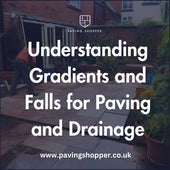
Understanding Gradients and Falls for Paving and Drainage (2024)
When it comes to paving and drainage projects, understanding the correct gradients and falls is essential for ensuri...
-

Indian Sandstone Paving Colours for A Patio - A Comprehensive Guide
Indian sandstone is one of the most popular paving materials, celebrated for its natural beauty and the variety of co...
-

Jointing and Pointing For Paving (Sand & Cement Mix)
Patio pointing is important for both looks and durability. It protects the layers under your paving, stops weeds, and...
-

How to Lay Paving on Sand and Cement: Expert Advice and Tips
Paving on Sand and Cement: A Comprehensive Guide When it comes to enhancing your outdoor space, paving is a popular ...
-

Pros and Cons of Sandstone Paving
Pros & Cons of Indian Sandstone Paving Indian sandstone paving is a natural and durable option that adds both bea...
-
Does Patio Paving Need Edging? A Comprehensive Guide
In this article, we'll explore the importance of patio edging, the different types of edging materials available, and...
-

Pet Friendly Paving - What is the best paving for a dog-friendly garden?
Creating a dog-friendly garden requires choosing the right paving materials to ensure your furry friends can enjoy t...
-

Patio Paving Laying Patterns Guide
Paving patterns can transform an ordinary outdoor space into a stunning and eye-catching area that complements your ...
-

Patio Kits vs Single Size Paving Slabs: Which To Choose?
When designing a patio or outdoor space, one crucial decision is whether to use a patio kit (also known as patio pack...
-

Are paving slabs suitable for driveways?
This is a question many homeowners ask when it comes to choosing the right type of driveway surface for their home. T...
-
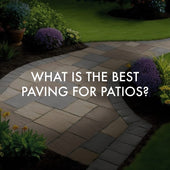
What is the Best Paving for Patios?
When it comes to choosing the best paving for patios, there are a variety of factors to consider, such as durability,...
-

Sandstone v Limestone v Porcelain: The Pros and Cons of Different Garden Paving Materials
Transforming your outdoor space involves choosing the right paving material, and porcelain and sandstone are two of t...
-
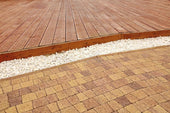
Are Paving Slabs Cheaper Than Decking?
Transforming your backyard into the ultimate outdoor oasis can be challenging when choosing between paving slabs or d...
-

How to lay a patio - An expert guide to laying paving slabs and patterns
There are a few things to consider before laying a patio, such as the type of paving stones and the laying pattern. Y...
-
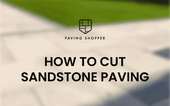
How to cut Sandstone Paving?
When it comes to prepping your garden for a new patio, you may consider different designs that require your paving to...

